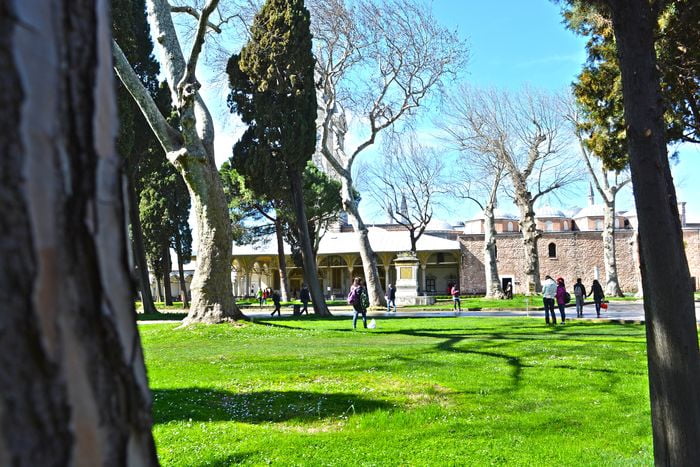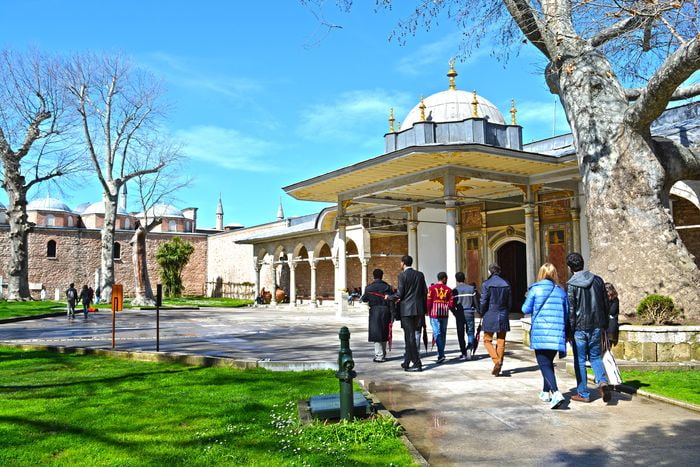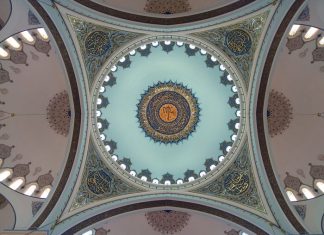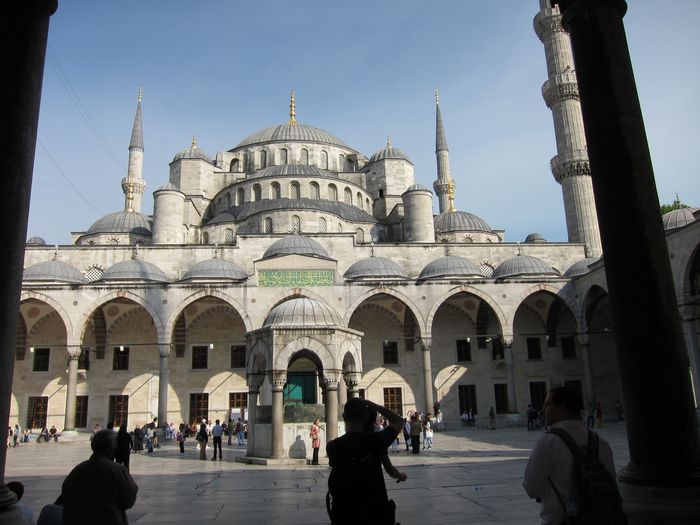These are the great Basil’s words. How do we know the Holy place of Calvary, or the Holy Sepulchre? Does it not rest on a tradition handed down from father to son? It is written that our Lord was crucified on Calvary, and buried in a tomb, which Joseph hewed out of the rock; (Mt. 27.60) but it is unwritten tradition which identifies these spots, and does more things of the same kind. Whence come the three immersions at baptism, praying with face turned towards the east, and the tradition of the mysteries?
Hence St Paul says, “Therefore, brethren, stand fast, and hold the traditions which you have learned either by word, or by our epistle.” (II Thess. 2.15) As, then, so much has been handed down in the Church, and is observed down to the present day, why disparage images?
If you bring forward certain practices, they do not inculpate our worship of images, but the worship of heathens who make them idols. Because heathens do it foolishly, this is no reason for objecting to our pious practice.
If the same magicians and sorcerers use supplication, so does the Church with catechumens; the former invoke devils, but the Church calls upon God against devils. Heathens have raised up images to demons, whom they call gods. Now we have raised them to the one Incarnate God, to His servants and friends, who are proof against the diabolical hosts.
If, again, you object that the great Epiphanius thoroughly rejected images, I would say in the first place the work in question is fictitious and unauthentic. It bears the name of some one who did not write it, which used to be commonly done.
Blessed Athanasius objected
Secondly, we know that blessed Athanasius objected to the bodies of saints being put into chests, and that he preferred their burial in the ground, wishing to set at nought the strange custom of the Egyptians, who did not bury their dead under ground, but set them upon beds and couches. Thus, supposing that he really wrote this work, the great Epiphanius, wishing to correct something of the same kind, ordered that images should not be used.
The proof that he did not object to images, is to be found in his own church, which is adorned with images to this day. Thirdly, the exception is not a law to the Church, neither does one swallow make summer, as it seems to Gregory the theologian, and to the truth.
Neither can one expression overturn the tradition of the whole Church which is spread throughout the world.
Accept, therefore, the teaching of Scripture and spiritual writers. If the Scripture does call “the idols of heathens silver and gold, and the works of man’s hand,” (Ps. 135.15) it does not forbid the adoration of inanimate things, or man’s handiwork, but the adoration of demons.
Read More about Apologia of St John Damascene Against those who Decry Holy Images Part 68








